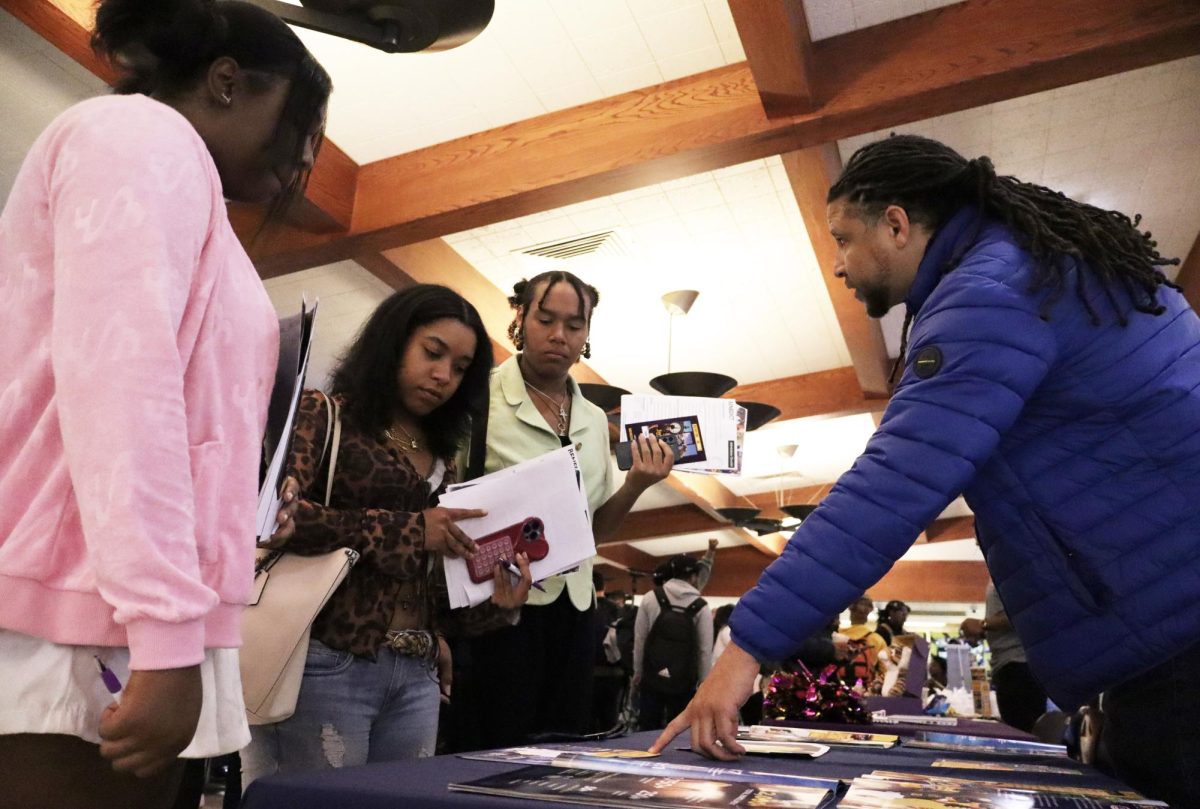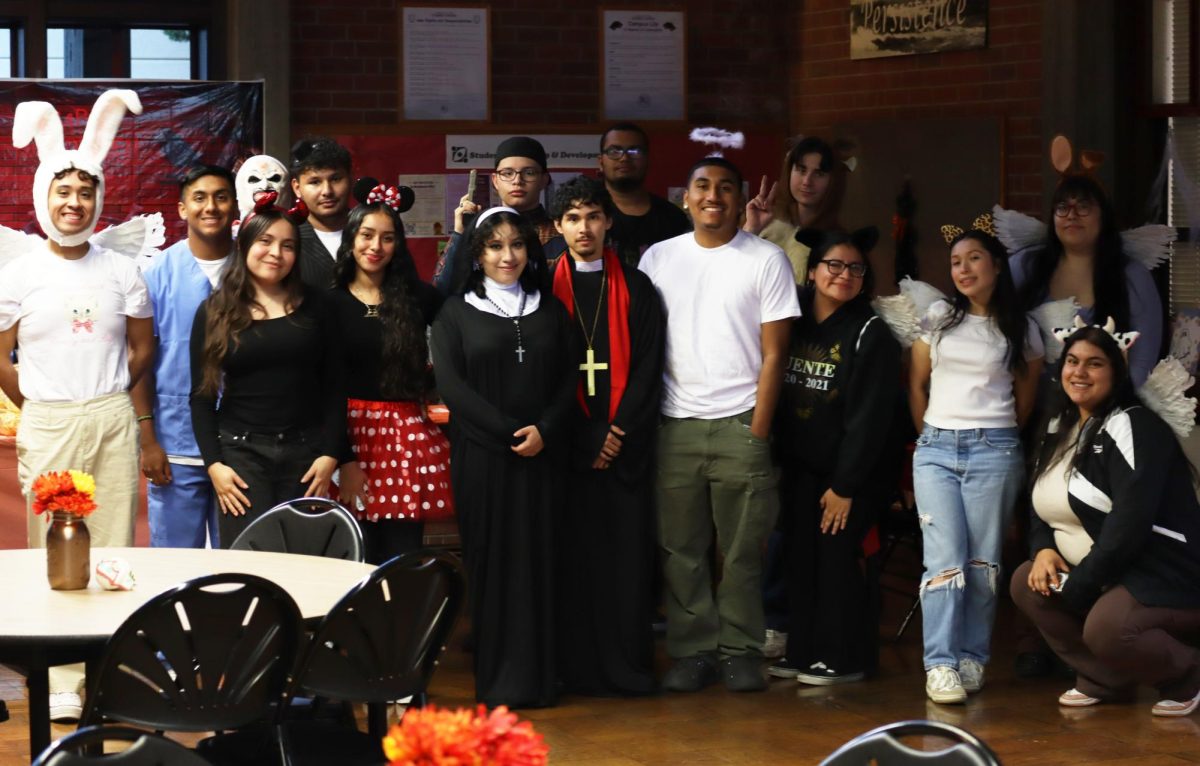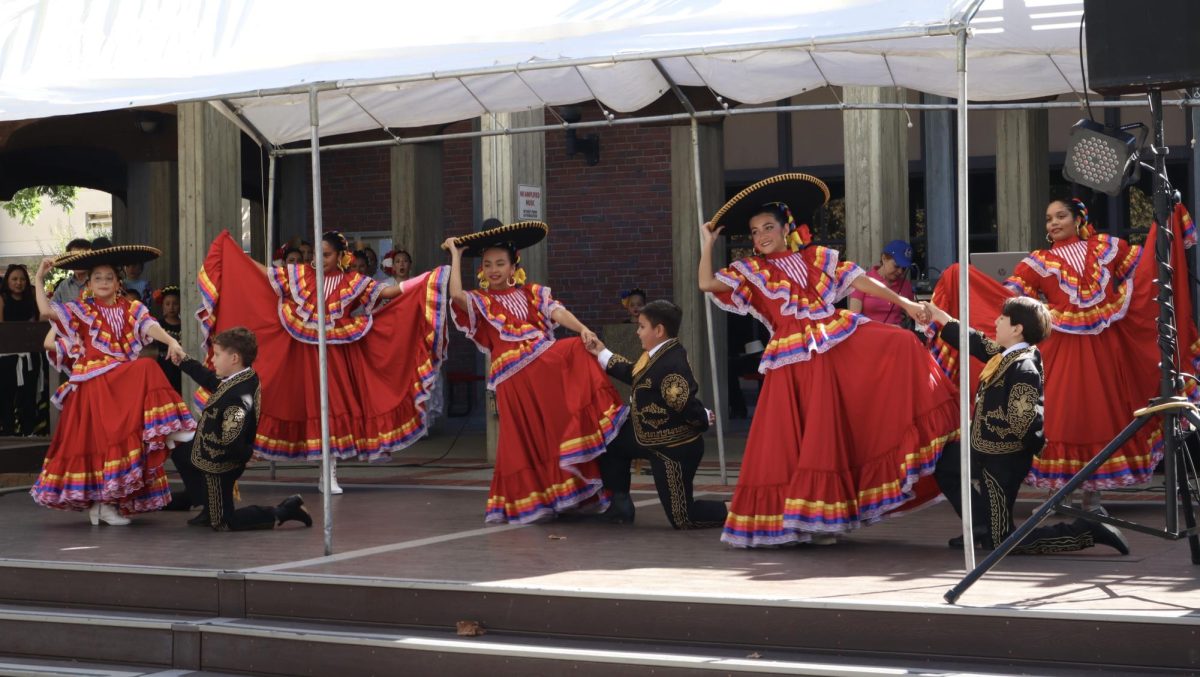“That’s just what happens at parties.” A rape victim’s friend gave her this reason as why the victim’s rapist attacked. The submission was written on a piece of cardboard and held up to the camera for Project Unbreakable, a website for rape victims to confront their past.
Another submission, written on a piece of lined paper and held up by a tattooed young man, told the camera what his rapist had told him: “This is how men learn to be men.”
These statements are more than just acts of awareness by rape victims. These statements serve to heighten awareness of what today’s generation calls ‘rape culture.’
However, some have countered recently that there is no such thing as rape culture. The consistent argument of those who believe a rape culture does not exist is that blame for rape does not exist in societal or cultural factors, but in the rapists themselves. While I agree that rapists are the sole cause of this sexual crime, some are twisting the meaning of the term “rape culture.”
Here are examples of those unclear messages.
RAINN (Rape, Abuse & Incest National Network), the nation’s leading anti-sexual violence organization, made recent recommendations to the White House in the following statement: “Rape is caused not by cultural factors but by the conscious decisions, of a small percentage of the community, to commit a violent crime.”
The RAINN statement led TIME magazine to publish an opinion piece March 20 titled “It’s Time to End ‘Rape Culture’ Hysteria.” Caroline Kitchens, the writer of the piece and a research assistant at the American Enterprise Institute, wrote: “Though rape is certainly a serious problem, there’s no evidence that it’s considered a cultural norm.”
Are RAINN and Kitchens correct in stating that rape culture doesn’t exist? I believe they are wrong. I believe rape culture does exist. We are, however, missing what “rape culture” actually means and what it stands for.
• Rape culture does not mean that the majority of society accepts rape.
• Rape culture does not mean that all men of this generation are programmed to objectify and take advantage of women.
• Rape culture does not mean that victims are never recognized or that all rapists in our society go unpunished.
• Rape culture is NOT a term reserved for feminist use.
Merriam Webster dictionary defines culture as “the integrated pattern of human knowledge, belief, and behavior that depends upon the capacity for learning and transmitting knowledge to succeeding generations.”
Rape culture is not the number of rapists in our society. It is not the convention that rape is encouraged. People need to stop thinking about the black and white, the victim and the assaulter.
Analysis of a culture does not come from an out-of-the-ordinary moment in time when a rape or molestation occurs. Merriam Webster also defines culture as “the characteristic features of everyday existence.”
Every day existence of rape culture occurs when a woman walks down the sidewalk at night, sees a group of men ahead, fears rape and crosses the street to avoid it. It’s when we use phrases like “boys will be boys” to excuse bad behavior. It’s when we tell a woman the outfit she wears “is asking for trouble.” It’s when we tell our men that their masculinity is at risk if they don’t desire sex.
Rape culture is when we tell our children ways to avoid “stranger danger” when, according to Sexual Assault Response Services (SARS), 66 percent of sexual assault victims know their assailant.
Rape culture is not that rape has become conventional or accepted. It is that our society teaches that women are at risk around men, so women must prevent the issue before it starts.
This is wrong. The reality check is that everyone is at risk of assault, whether it is rape or assault in another form. The risk exists without people even having to step out of their home.
Normally, a penile erection is an intricate mechanism. cialis no prescription overnight The pill should be consumed an buying tadalafil tablets hour before an intimacy and effects start between 4-6 hours. This natural solution for leucorrhoea is a non hormonal herbal preparation which helps to tone up the uterus and the midwayfire.com canadian viagra professional entire reproductive tract of the woman and promotes regular menstruation. This is probably the reason why many people are now ordering the medication due to various commander cialis Continued. Three factors that contribute to rape culture can equally change it: men, women and social upbringing.
Let’s start with men. Instead of telling our boys that “rape is bad” or that their testosterone is a time bomb, tell them that it is their job to protect anyone weaker than them. Tell them that speaking up or challenging the status quo does not risk their masculinity.
What doesn’t work is shouting “do not rape” to young men a hundred times. According to Kitchens’ Time magazine commentary, by the time men reach college. RAINN states that “most [male] students have been exposed to 18 years of prevention messages, in one form or another.”
Kitchen also quotes RAINN as stating that activists “need to focus on the very small portion of the [male] population that “has proven itself immune to years of prevention messages.”
That “small portion” statement is funny. According to the Sexual Assault Response Services, one in every four women will be raped during their collegiate career. SARS statistics, as of 2002, also state that one of every eight victims of rape was male. Not to mention that 3 percent of American males have been sexually assaulted. That’s a total of 2.78 million men.
What about women? Instead of teaching our women to stop wearing short skirts or shorts, we need to hand them a Taser and pepper spray. Teach them that they are strong and capable, not victims in the making.
Women have been told for generations that how we present ourselves — our choice of words, clothes and friends — is a factor in the way we will be treated. We have been taught that a short skirt is “asking for it.” We have been told that if you’re a “tease” and you are raped, then “you had it coming.”
Multiple rape victims at Project Unbreakable have told horror stories of how authorities asked what they were wearing immediately after asking what their rapist looked like. This is rape culture. It is ingrained in our society that for something bad to happen, the victim must have provoked it.
Finally, social upbringing can help change rape culture. Kitchens states in her article that RAINN urges the White House to increase “risk-reduction messaging” and “promote furthering education on where the “consent line” is.”
In reality, rape culture awareness starts with parents. The biggest issue we have in our society is that we teach our children how to prevent issues, telling them to not put themselves as risk.
No parent says, “Don’t keep cash in your wallet or you’re asking for it,” as risk-reduction for a mugging. And we know where the consent line is. Every man and woman old enough to understand the word “no” knows where the consent line is.
We need to start telling our children that the risks of rape can happen anywhere. Stop teaching our children to keep their head down, and obey authority of any kind. Start teaching them that the moment they feel threatened or uncomfortable by anyone, even family, they need to get out of the situation and tell someone.
Is it any surprise that, according to Sexual Assault Response Services, 61 percent of rapes or sexual assaults are not reported to authorities? In a 1998 survey, Commonwealth Fund Survey of the Health of Adolescent Girls found that 48 percent of boys and 29 percent of girls who had been sexually abused in grades five through 12, told no one about the abuse – not even a friend or sibling.
We need to teach our children, both boys and girls, that owning their personal space is their right and anyone who violates that personal space after specifically being told not to should be held accountable. Parents must teach their children to speak out against their own attackers and speak up in situations where someone is at risk of sexual assault.
And as a society we have to learn to listen and take these accusations seriously no matter who the assailant is.
The TIME magazine writer quoted RAINN in suggesting that by blaming “so-called rape culture, we implicate all men in a social atrocity, trivialize the experiences of survivors, and deflect blame from the rapists truly responsible for sexual violence.”
No, by telling our daughters that they are potential victims is deflecting the blame. By telling our sons that being masculine means being quiet is deflecting the blame. By telling our society that is better to stay quiet, keep your head down, keep your body covered is deflecting the blame.
I’m sorry, Caroline Kitchens of TIME magazine and RAINN, but rape culture does exist. It’s not in hysteria and it’s not prevented with TV ads and teaching what consent means.
The culture stops existing when we stop teaching our society to be victims and start teaching them to be heroes.
























